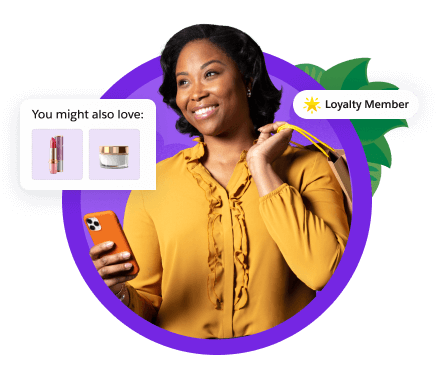Connected Shoppers Report
We surveyed 2,400 shoppers and 1,125 retail leaders to learn about the consumer shopping trends shaping the industry.
Want a sneak peek? Check out some key insights in the interactive dashboards below.
Read the Connected Shoppers Report. Fill out the form to download now.
Retailers focus on loyalty in a highly competitive environment.
With acquisition costs and competition rising, retailers see opportunities to retain shoppers through customer service, ecommerce, and personalization.
Note: Ties will occur when the count of responses is equal for different challenges or opportunities.
Consumer shopping transactions trend toward digital channels.
While consumers lean into online shopping over the next two years, stores remain a critical component.
Retailers seek to improve shopper experiences by unifying data.
Retailers are adopting unified engagement platforms to operationalize data so they can create personalized, seamless experiences.

More Resources

GUIDE
Create customer loyalty that lasts all year.

OVERVIEW
Build loyalty with capabilities built into your CRM.

DEMO
See how Commerce Cloud can lower costs and raise revenue.
Do you have questions? We help you on your way
Ask about our products, pricing, implementation, or anything else. Our experts are ready for you











